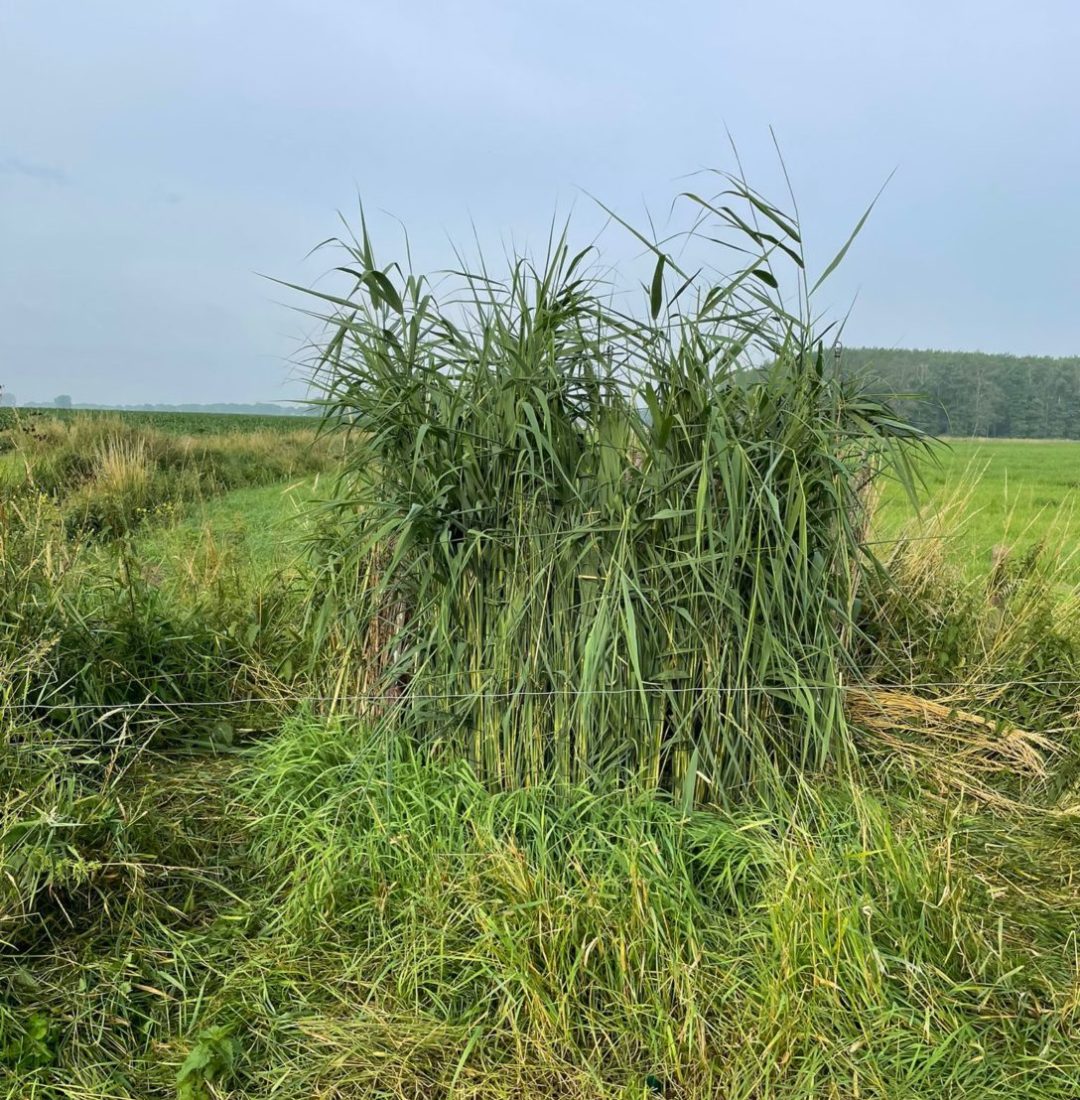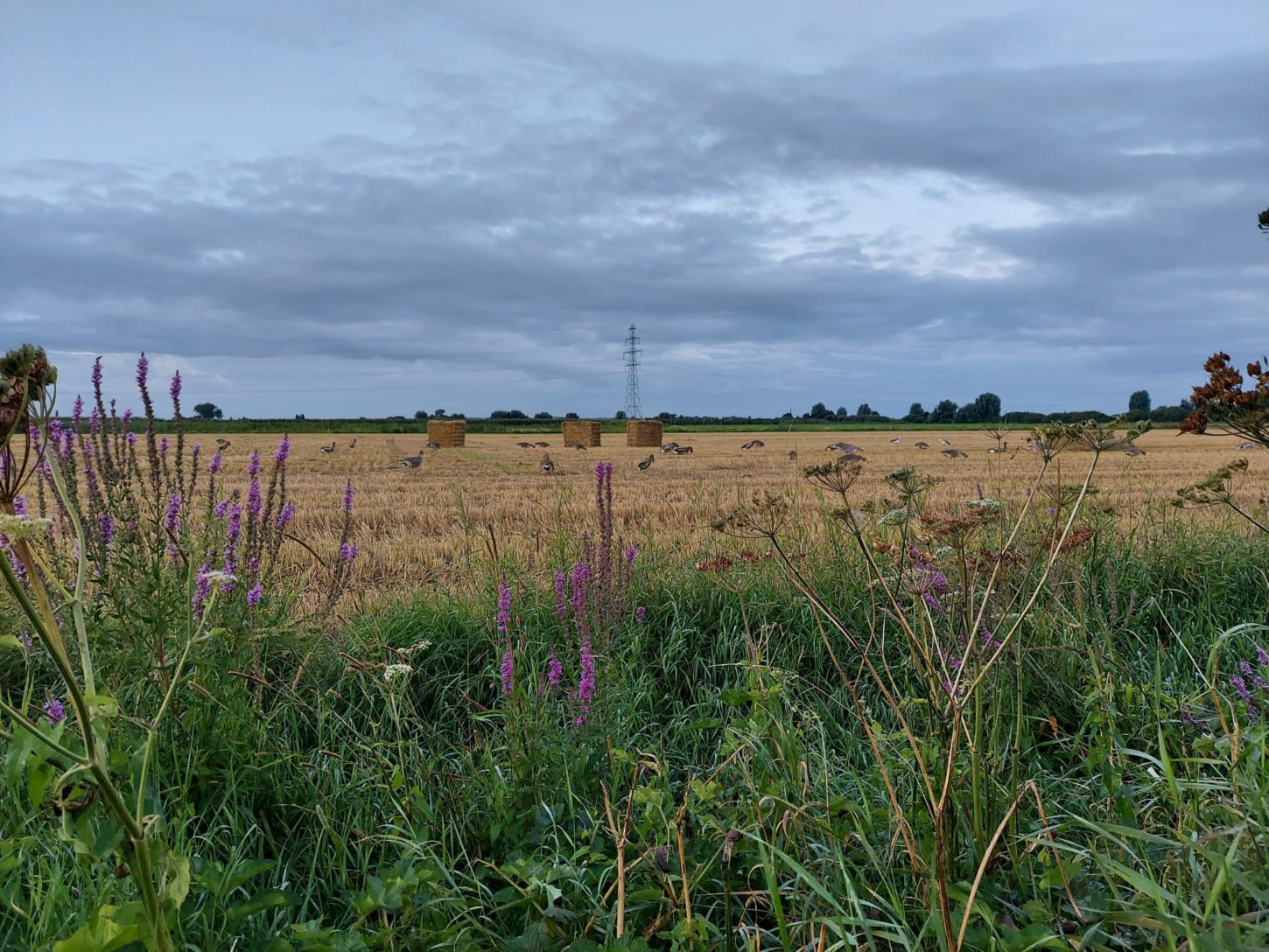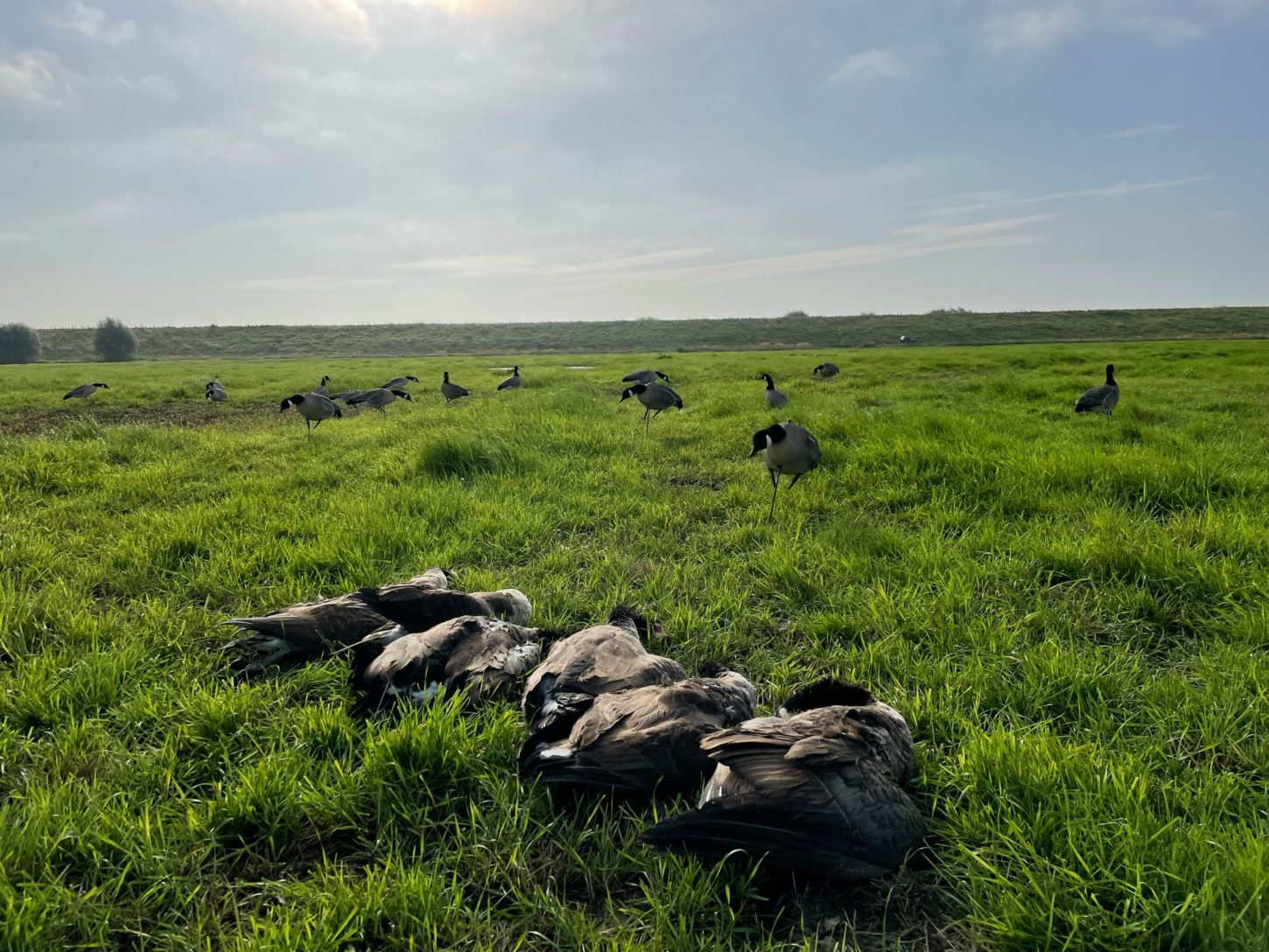Goose hunting tips
The population of geese in Europe has increased in recent years, both migratory and resident geese. To prevent damage, a number of goose species are allowed to be managed in the Netherlands. The most important species are the gray goose, white-fronted goose, barnacle goose, Nile goose and Canada goose.
Properly managing and grazing geese can be challenging. There is a lot involved in having a successful morning on the geese. Even when hunting geese, preparation is half the battle! On this page some tips for a successful goose hunt.
Observe
The basis for a successful morning is to first observe. Three questions are important for this;
- Where do the geese forage and at what times?
- What species of geese are they?
- What is the flight path of the geese?
When you have observed geese for several days, know at what times the geese come and what the flight route is then it is time to take action.


Preparation in the field
Provide a blind/covered setup at the location where you expect the geese. Also pay attention to the expected approach route of the geese. Tip: set up the hide out some time in advance. The geese can then get used to the hut but more importantly, it saves time during the time when you will actually be hunting the geese. When placing the hide out, also pay attention to the most common wind direction so that you have the wind at your back and the goose decoys can be placed in front of the cover. A hide out can be made in several ways, with camouflage netting, natural materials, or a combination of both. The camouflage net can then serve as a base where natural materials (branches with leaves) can be placed against it from outside. Use natural cover to place the hide out against so that it is less conspicuous. For quick set up of some cover; there are also ready-made camouflage screens for sale. Also increasingly used are layout blinds, a kind of camouflage loungers, often used at wheat/corn stubble, whose size advantage is that you can lie in the middle of the plot. Camouflaging the face is also useful. This can be done, for example, by wearing a cap with a face mask attached.
Decoy setup
Before placing your goose decoys, it is important to know what species of geese to expect and in what proportion. Adjust your decoys accordingly. To make the decoy spread stand out well, a minimum of 24 decoy geese is recommended. When setting out the decoys, 1 thing is very important; the wind. Depending on the location of the hut, the expected approach route and the wind, you set the decoy spread. The geese always fall against the wind, so if possible make sure you have the wind at your back and then put the decoys in a loose U-shape in front of the hut, with the hut placed at the tip of the U. The idea is that the geese will then drop into the opening in the U. Deploy the decoys loosely in the U shape and vary the number of decoys you deploy per group. The distance between the hut and the decoys can be up to 30 meters. Feel free to have several meters between them. With a decoy spread for geese, in most cases, the more decoys the better.
Using a goose call can also increase success. Remember to practice on the whistle before using it… Depending on regulations, electronic decoys may also be used.Ook het gebruik van een lokfluit kan het succes vergroten. Vergeet niet eerst te oefenen op de fluit voordat je deze gaat gebruiken… Afhankelijk van de regelgeving kan er ook gebruik gemaakt worden van elektronische lokmiddelen.


Keeping success
Geese are smart birds and especially the grayleg goose. To maintain success, it is important to alternate to prevent the geese from recognizing fixed patterns. This goes for several things, for example make sure to vary the number of decoys you place in the decoy spread but also e.g. the type of decoys you place. Are you always in that one fixed hide out? Try another spot. It could be that the resident geese start to recognize your hide out as a danger. Is there water nearby? Then adding some floating decoy geese (floaters) is worth trying. “Regular” decoys can then be placed in the transition from land to water. In places where geese are hunted a lot, it may also be worth trying going into the field a little later in the day. In conclusion; trial and error and sometimes improvisation can lead to results!




